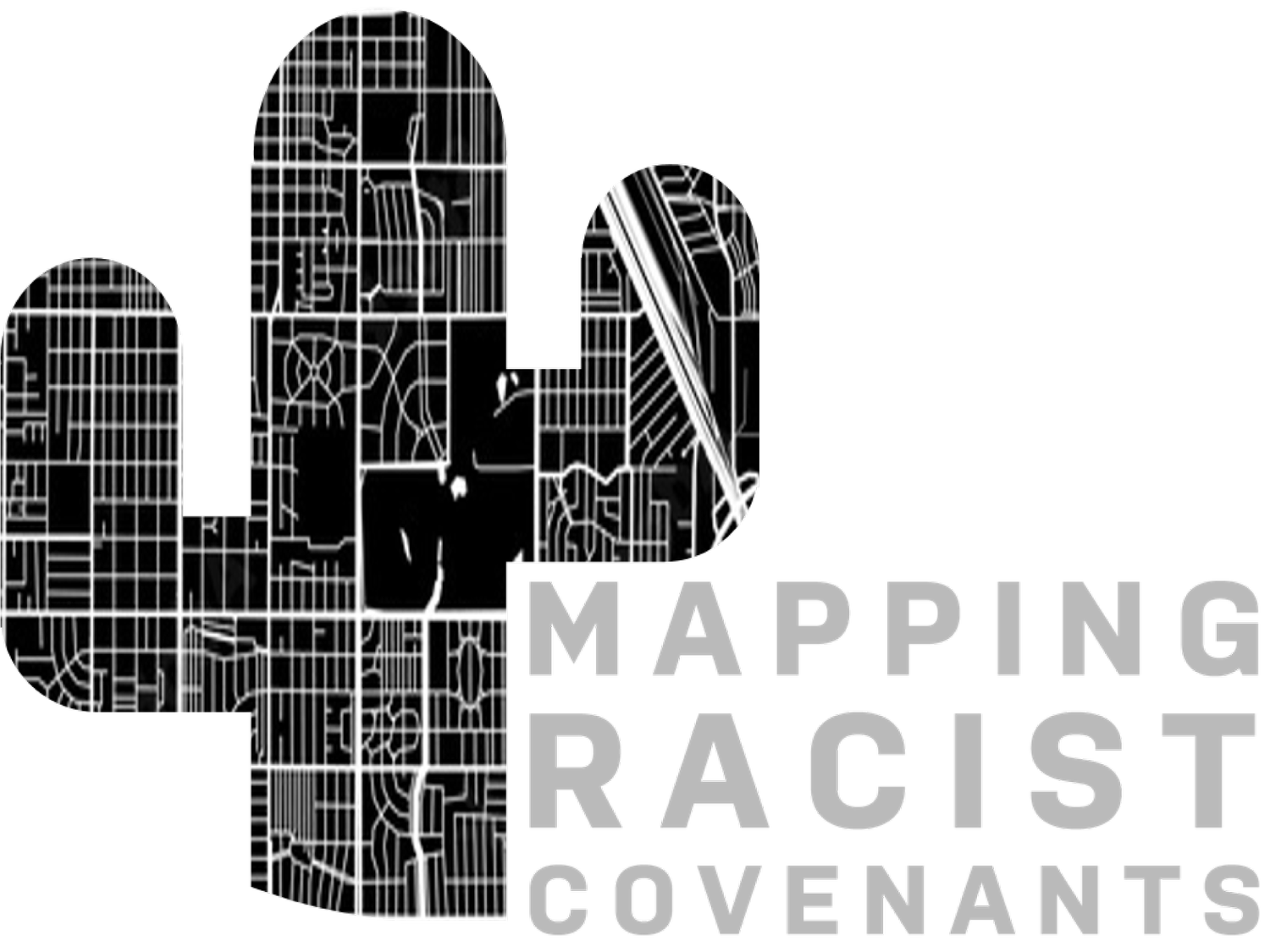MRC Project Impacts
Law and Governance
Community-Engaged Racial Justice
The MRC project has served as a key resource for neighborhood efforts to remove racist language from CCRs (e.g., San Carlos Neighborhood). The MRC website has received more than 13,500 site visits since August 2023, when the project results were launched. The University of Arizona Library Campus Repository, which hosts the archived PDF copies of CCRs, has recorded more than 6,800 downloads since August 2023.
Recognition from the Tucson Mayor. The MRC project was recognized in April 2023 by Tucson Mayor, Regina Romero, as an example of community-centered research as part of National Fair Housing Month.
State Law
The Mapping Racist Covenants (MRC) research sparked and informed a new state law signed by Governor Katie Hobbs in March 2024 (SB 1432), a bipartisan bill that received unanimous support in the Arizona House and Senate. The law makes it easier for homeowners and neighborhoods to remove racist language from their CCRs.
Redrawing Maps for Restorative Justice
Community leaders in the Sugar Hill Neighborhood, a historically Black neighborhood in Tucson, uncovered racist and discriminatory language in the neighborhood's covenants, conditions, and restrictions (CCRs) reported on the MRC website. In response, the Sugar Hill Neighborhood proposed renaming Mansfield Park—a park in the heart of Sugar Hill—in honor of civil rights leader and Sugar Hill resident, Ms. Doris J. Thompson. The City of Tucson officially renamed the park in January 2025, underscoring the power of data for redrawing community maps that reclaim community identity and address historical housing injustice.
Research
Peer-Reviewed Scholarship
I am currently working on two manuscripts related to the MRC research. The first manuscript looks at the geography of racist housing covenants in Tucson. The second manuscript details the importance of building a community-centered covenants research project.
Applied Research on Housing Discrimination in Tucson
The federal government never produced a redlining map for Tucson. Therefore, the MRC maps and analysis represent the first formal documentation of institutional housing discrimination in Tucson. Over the past year, urban and regional planners, housing advocates, county health leaders, and university researchers have used MRC data to support data-driven and equity-focused applied research.
Media Coverage
Television/Newspaper/Radio
The MRC project has received widespread media coverage since launching the project in August 2023. In addition to being twice featured on the front page of the Arizona Daily Star, the project has been covered more than 20 times in the following media outlets:
Television: Arizona PBS, KVOA News 4 Tucson, KOLD Tucson, KGUN 9 Tucson, Univision Arizona
Newspaper: Arizona Daily Star, Arizona Republic
Radio: Arizona Public Media and Journal of the Southwest Radio
Compelling Data Storytelling
The MRC project has been featured by UA News, in university news and communication channels (e.g., May 2024 story), as an example of compelling research that can be amplified through people-centered storytelling.
Explore more media coverage
Student Engagement
In the Classroom
In Spring 2025, students enrolled in GEOG 222, Working with Numeric, Spatial, and Visual Data, will learn more about the story of racist covenants in Tucson and in cities across the country. Having been selected as a Digital Borderlands in the Classroom fellow by the University of Arizona Library, I developed a formal curriculum around the MRC project that will help students build digital literacy, data literacy, and archival literacy rooted in racial justice.








